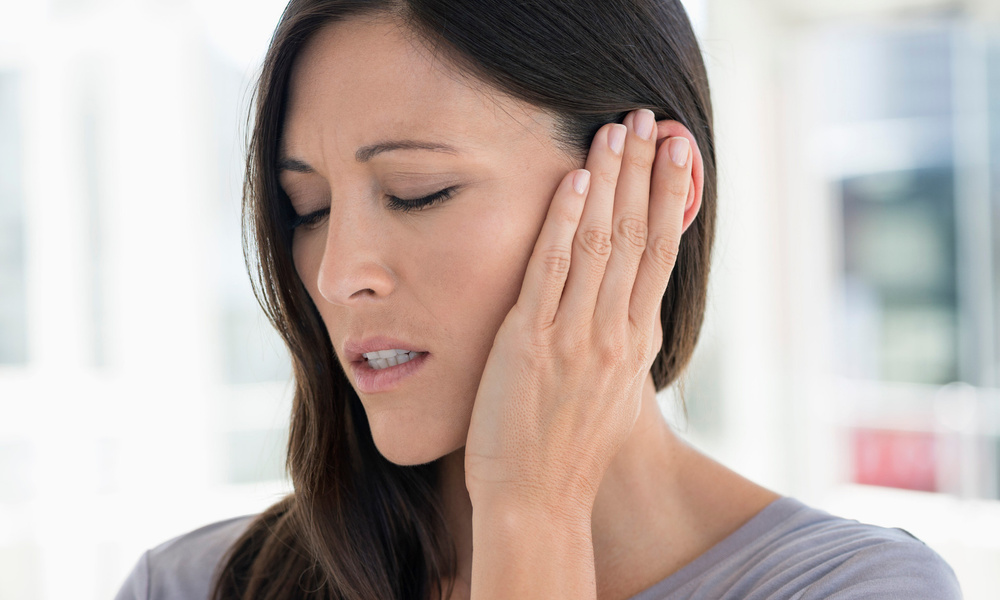Pain in One Ear: Comprehensive Guide to Symptoms, Causes, Treatments, and Prevention
What are the common causes of ear pain when swallowing. How can you differentiate between an ear infection and other conditions. What treatments are available for ear pain. When should you seek medical advice for ear pain.
Understanding Ear Pain: More Than Just an Inconvenience
Ear pain, particularly when it occurs in just one ear, can be a perplexing and uncomfortable experience. While often associated with ear infections, the causes of unilateral ear pain can be diverse and sometimes unexpected. This comprehensive guide delves into the intricacies of single-sided ear pain, exploring its symptoms, underlying causes, treatment options, and preventive measures.
Common Causes of Pain in One Ear
When experiencing pain in a single ear, it’s natural to wonder about the root cause. Here are some of the most frequent culprits:
- Ear infections (otitis media and otitis externa)
- Sinus infections
- Throat infections
- Temporomandibular joint (TMJ) disorders
- Dental abscesses
- Earwax buildup or foreign objects in the ear canal
- Eustachian tube dysfunction
- Ménière’s disease
- Acoustic neuroma
Each of these conditions can manifest with unique symptoms and may require different approaches to diagnosis and treatment.

Ear Infections: A Primary Cause of Unilateral Ear Pain
Ear infections are among the most common reasons for pain in one ear. They can be categorized into two main types:
1. Otitis Media (Middle Ear Infection)
Otitis media affects the middle ear and is particularly common in children. It often results from viral or bacterial infections that spread from the nose or throat to the middle ear via the Eustachian tubes.
Symptoms of otitis media may include:
- Sharp, throbbing pain in the affected ear
- Fever
- Difficulty hearing
- Fluid drainage from the ear
- Balance problems
- Irritability in young children
2. Otitis Externa (Swimmer’s Ear)
Otitis externa, also known as swimmer’s ear, is an infection of the outer ear canal. It’s often caused by water remaining in the ear after swimming, creating a moist environment conducive to bacterial growth.
Symptoms of otitis externa may include:
- Pain and itching in the ear canal
- Redness and swelling of the outer ear
- Discharge from the ear
- Temporary hearing loss
- Pain when moving the ear or jaw
Beyond Infections: Other Causes of Unilateral Ear Pain
While infections are a common culprit, several other conditions can lead to pain in one ear:

Temporomandibular Joint (TMJ) Disorders
TMJ disorders affect the joint connecting the jawbone to the skull. They can cause pain that radiates to the ears, especially when chewing or speaking.
Dental Abscesses
A severe tooth infection can sometimes cause referred pain in the ear on the same side as the affected tooth.
Earwax Buildup or Foreign Objects
Excessive earwax or the presence of foreign objects in the ear canal can cause discomfort and pain.
Eustachian Tube Dysfunction
Problems with the Eustachian tubes, which connect the middle ear to the back of the throat, can lead to ear pain and pressure.
Diagnosing the Cause of Ear Pain
Accurate diagnosis is crucial for effective treatment of ear pain. Healthcare providers may use several methods to determine the underlying cause:
- Physical examination of the ear, nose, and throat
- Otoscopy to visualize the ear canal and eardrum
- Tympanometry to assess eardrum function
- Audiometry to evaluate hearing
- Imaging studies such as CT or MRI scans in more complex cases
Is self-diagnosis of ear pain reliable? While some symptoms may point to common conditions like ear infections, it’s generally not advisable to self-diagnose ear pain. Many conditions can mimic each other, and accurate diagnosis often requires professional examination and specialized tools.
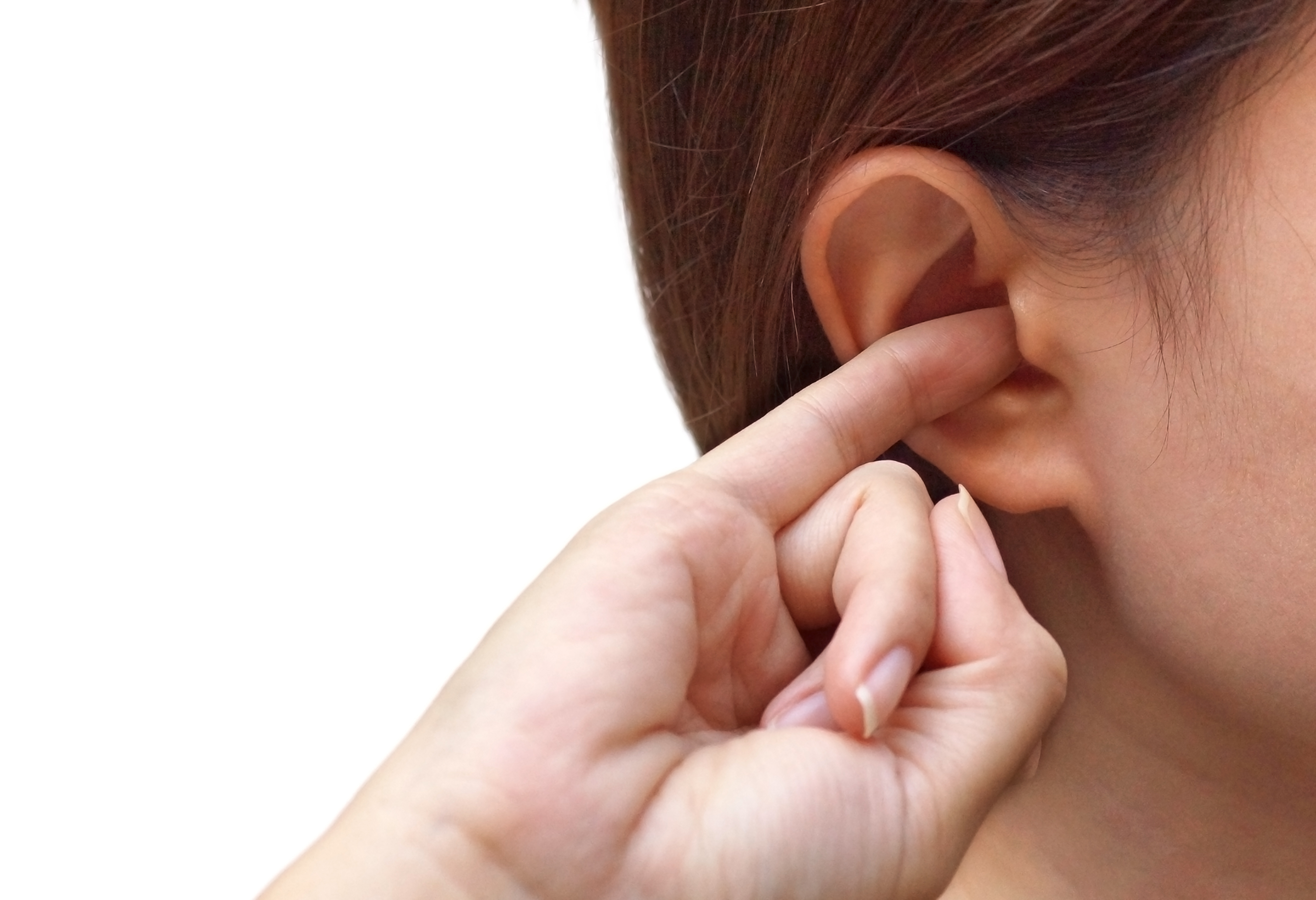
Treatment Options for Pain in One Ear
The treatment for unilateral ear pain depends on its underlying cause. Here are some common approaches:
For Ear Infections:
- Antibiotics for bacterial infections
- Pain relievers such as acetaminophen or ibuprofen
- Ear drops for pain relief and to combat infection
- Watchful waiting for mild cases, as some infections resolve on their own
For TMJ Disorders:
- Pain medications
- Muscle relaxants
- Physical therapy
- Dental appliances
For Earwax Buildup:
- Ear irrigation
- Manual removal by a healthcare professional
- Ear drops to soften the wax
Can ear pain be treated effectively at home? While some mild cases of ear pain can be managed with over-the-counter pain relievers and home remedies, persistent or severe pain should be evaluated by a healthcare provider to prevent complications and ensure appropriate treatment.
When to Seek Medical Attention for Ear Pain
While some cases of ear pain may resolve on their own, certain symptoms warrant prompt medical attention:

- Severe pain or pain lasting more than a few days
- High fever (above 102°F or 39°C)
- Blood or pus draining from the ear
- Sudden hearing loss
- Dizziness or loss of balance
- Swelling or redness behind the ear
- Facial weakness or paralysis
How quickly should you see a doctor for ear pain? If you experience any of the above symptoms, it’s advisable to seek medical attention within 24-48 hours. For severe symptoms like facial paralysis or high fever, immediate medical care is necessary.
Preventing Ear Pain: Proactive Measures
While not all causes of ear pain are preventable, several strategies can reduce the risk:
- Practice good hygiene to prevent infections
- Avoid inserting objects into the ear canal
- Protect ears from loud noises
- Manage allergies and sinus problems promptly
- Stay up-to-date on vaccinations
- Use earplugs when swimming
- Avoid smoking and secondhand smoke
What is the most effective way to prevent recurrent ear infections? While no method is foolproof, maintaining good hygiene, managing allergies, and avoiding exposure to secondhand smoke can significantly reduce the risk of recurrent ear infections, especially in children.
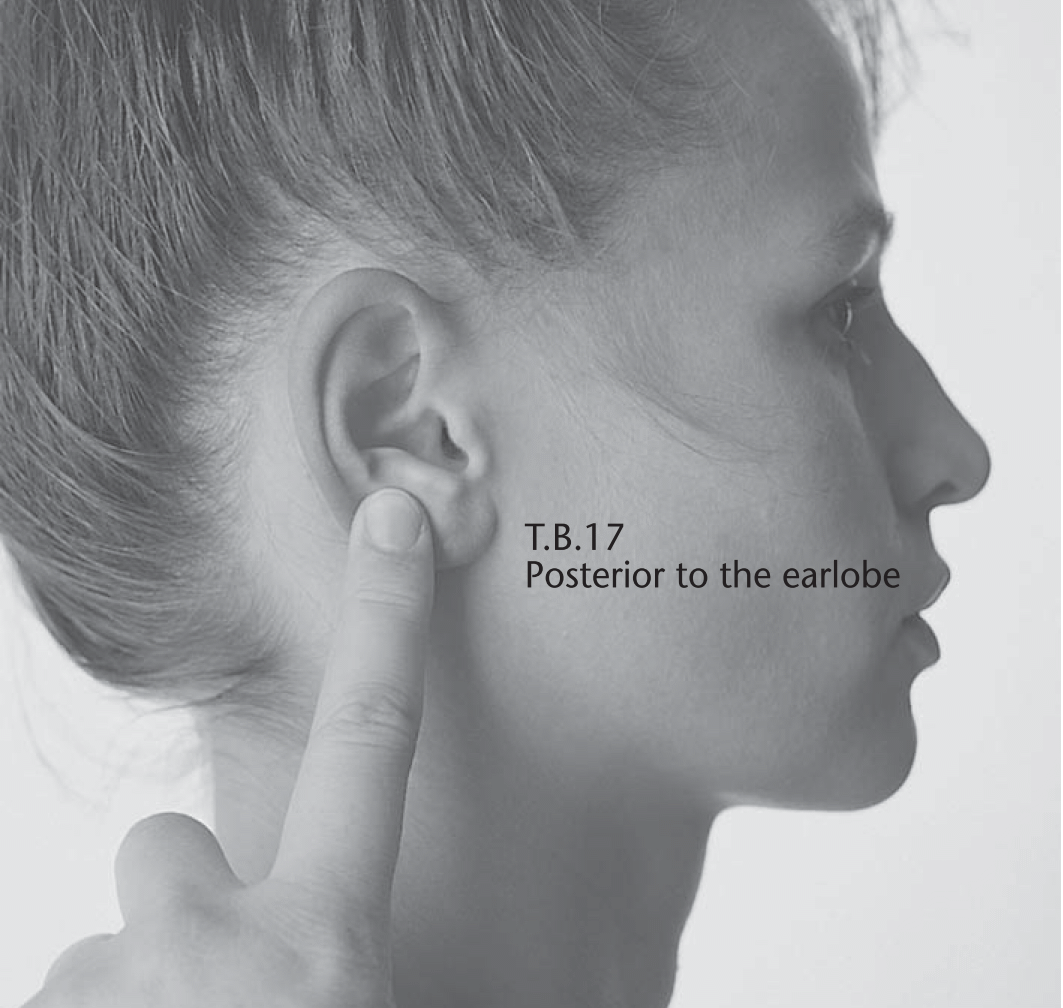
Understanding the Impact of Ear Pain on Daily Life
Ear pain, particularly when it affects only one ear, can have a significant impact on daily activities and quality of life. It may interfere with:
- Sleep patterns
- Concentration and work performance
- Social interactions
- Physical activities
- Overall mood and well-being
How long does it typically take for ear pain to resolve? The duration of ear pain varies depending on its cause. Mild ear infections may improve within a few days, while more severe conditions may take several weeks to resolve fully. Persistent pain beyond a few days warrants medical evaluation.
Ear Pain in Special Populations
Certain groups may be more susceptible to ear pain or may experience it differently:
Children
Children, especially those under five years old, are more prone to ear infections due to their developing immune systems and the anatomy of their Eustachian tubes. Signs of ear pain in young children may include:
- Pulling or tugging at the ear
- Increased irritability or crying
- Difficulty sleeping
- Loss of appetite
- Fever
Older Adults
In older adults, ear pain may be complicated by age-related hearing loss or other health conditions. They may also be at higher risk for certain types of ear infections.

Individuals with Compromised Immune Systems
People with weakened immune systems, such as those undergoing chemotherapy or with HIV/AIDS, may be more susceptible to ear infections and may experience more severe symptoms.
How does the approach to treating ear pain differ in these populations? Treatment approaches may be tailored based on age, overall health status, and the ability to tolerate certain medications. For instance, watchful waiting might be preferred in healthy children with mild ear infections, while more aggressive treatment may be necessary for immunocompromised individuals.
The Role of Technology in Diagnosing and Treating Ear Pain
Advancements in medical technology have improved the diagnosis and treatment of ear pain:
- Digital otoscopes for clearer visualization of the ear canal and eardrum
- Tympanometry devices for assessing middle ear function
- Advanced imaging techniques like high-resolution CT scans
- Telemedicine options for remote consultations
- Smartphone apps for hearing tests and ear health monitoring
How have these technological advancements improved ear pain management? These technologies have enabled more accurate diagnoses, allowing for more targeted and effective treatments. They’ve also improved accessibility to care, particularly in remote areas through telemedicine options.

Complementary and Alternative Approaches to Ear Pain Management
While conventional medical treatments are the mainstay for managing ear pain, some individuals may explore complementary approaches:
- Acupuncture
- Herbal remedies (e.g., garlic oil, tea tree oil)
- Chiropractic care
- Naturopathic treatments
- Homeopathy
It’s important to note that while some people find relief with these methods, scientific evidence supporting their efficacy is often limited. Always consult with a healthcare provider before trying alternative treatments, especially for children or in cases of severe pain.
Are complementary therapies safe for managing ear pain? While some complementary approaches may offer relief for mild cases, they should not replace conventional medical care, especially for severe or persistent ear pain. Always discuss these options with a healthcare provider to ensure they’re safe and appropriate for your specific situation.
The Psychological Impact of Chronic Ear Pain
Chronic or recurrent ear pain can have significant psychological effects, including:
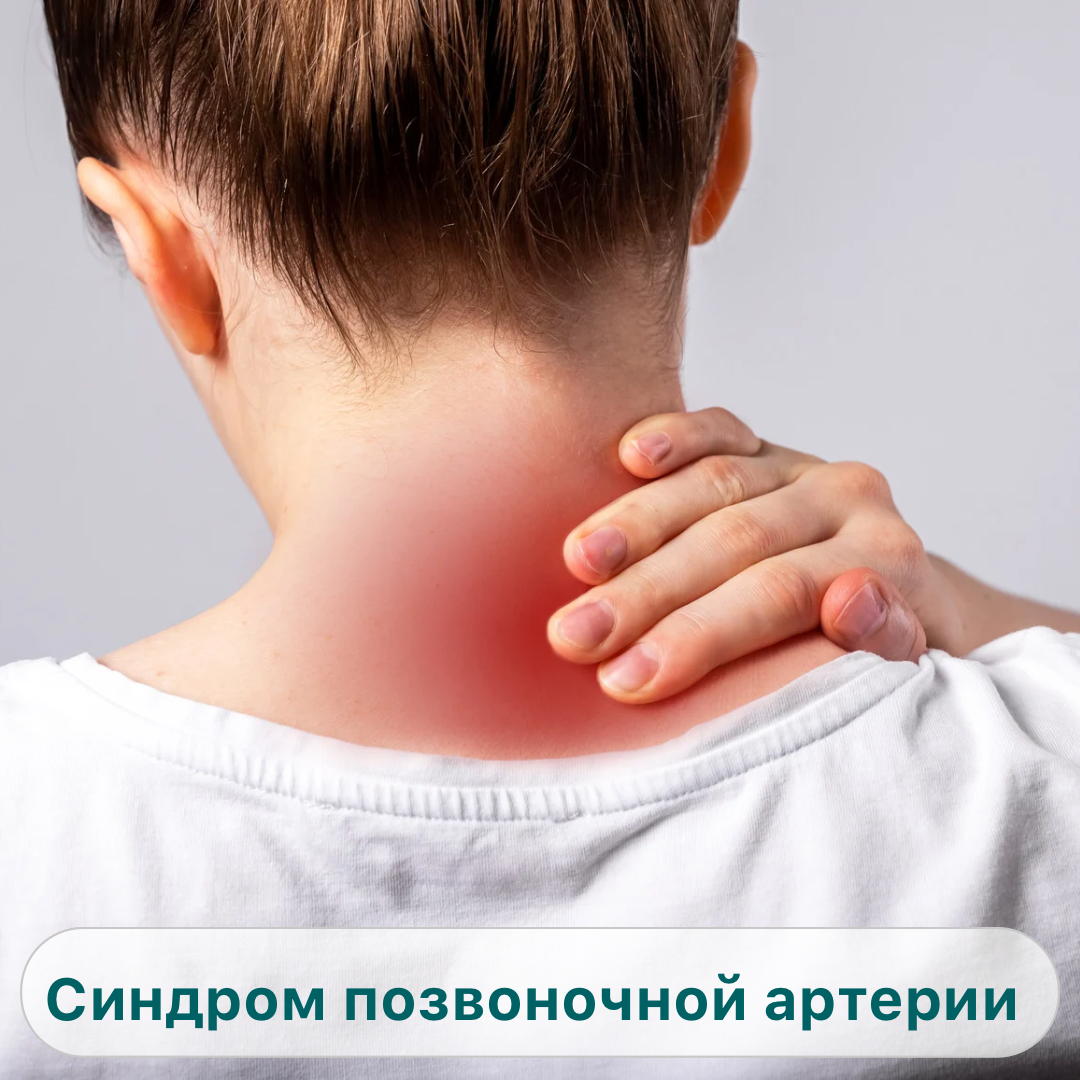
- Anxiety about future episodes
- Depression due to ongoing discomfort
- Social isolation if pain interferes with activities
- Stress from managing a chronic condition
- Sleep disturbances leading to fatigue and mood changes
How can individuals cope with the emotional aspects of chronic ear pain? Developing a support system, practicing stress-reduction techniques, and working with mental health professionals can be beneficial. Additionally, joining support groups for individuals with chronic pain or specific ear conditions can provide valuable emotional support and practical advice.
Future Directions in Ear Pain Research and Treatment
Ongoing research in the field of otolaryngology continues to advance our understanding and treatment of ear pain:
- Development of new antibiotics to combat resistant bacteria
- Exploration of immunotherapy for chronic ear conditions
- Research into genetic factors influencing ear infections
- Advancements in minimally invasive surgical techniques
- Investigation of novel pain management strategies
What promising developments are on the horizon for ear pain treatment? Researchers are exploring targeted therapies that can reduce inflammation and pain without systemic side effects. Additionally, advancements in regenerative medicine may offer new ways to repair damaged ear tissues in the future.

In conclusion, pain in one ear can be a complex issue with various potential causes. While ear infections remain a common culprit, it’s essential to consider other possibilities, especially when pain persists or is accompanied by other symptoms. Prompt medical evaluation is key to accurate diagnosis and effective treatment. By understanding the diverse factors that can contribute to ear pain and staying informed about prevention strategies and treatment options, individuals can better manage their ear health and overall well-being.
Это ушная инфекция или что-то другое?
Боль в ушах при глотании может быть крайне неприятной. Причины ощущения боли при глотании включают инфекцию уха или горла, зубной абсцесс или повреждение уха.
Существует множество причин, по которым у человека могут болеть уши при глотании. Тремя наиболее распространенными причинами этой боли являются инфекции:
- уха
- носа
- горла
В нем также описывается, когда следует обратиться за советом к врачу.
Ушные инфекции могут быть очень болезненными. Одним из видов инфекции уха является ухо пловца или наружный отит, при котором кожа слухового прохода заражается бактериями или грибками. Около 10% людей получают это в течение жизни, хотя чаще всего это встречается у детей в возрасте от 7 до 14 лет.
Однако в большинстве случаев речь идет о бактериальных или вирусных инфекциях среднего уха. Это называется средний отит. Это также особенно часто встречается у детей. Около 80% всех детей заболевают, и большинство случаев являются острыми.
Боль в ушах при глотании чаще встречается при воспалении среднего уха, поскольку поражает слуховые трубы. Это каналы, которые соединяют среднее ухо с верхней частью глотки и носовой полостью. Они также регулируют давление в ухе. Каждый раз, когда человек глотает, он сбрасывает давление. Если ухо инфицировано, это может вызвать боль.
Симптомы
Инфекция среднего уха у детей может вызвать:
- лихорадку
- боль в ушах, которая может усилиться, если они прилягут
- Плач и раздражительность
- Потеря аппетита
- Потеря баланса
- меньше сна, чем обычный
- , перетакающий на пораженном ухе
- Дренаж жидкости с уха
Симптомы у взрослых. Среди
- 7
Симптомы для взрослых.
. В взрослых.
. В «Получате:
». боль
лечение инфекции уха
врач пропишет антибиотики, если инфекция вызывает сильный дискомфорт или симптомы не улучшаются в течение одной недели. Антибиотик выбора обычно амоксициллин.
Антибиотик выбора обычно амоксициллин.
Иногда врач может отложить назначение антибиотиков, чтобы не способствовать развитию устойчивости к антибиотикам. Это связано с тем, что некоторые инфекции среднего уха могут пройти сами по себе, особенно у взрослых.
В то время как инфекция уха является наиболее частой причиной боли в ушах при глотании, причиной также могут быть инфекции носа или горла.
Аденоиды, представляющие собой небольшие подушечки иммунной ткани, увеличиваются в размерах в ответ на попадание микробов в нос и рот.
Эти аденоиды расположены вблизи евстахиевых труб. Если аденоиды разрастаются настолько, что блокируют слуховые проходы, может возникнуть боль в ушах. Это чаще происходит в детстве, когда аденоиды самые большие.
В этом случае при глотании человек также может испытывать боль.
Узнайте больше о увеличенных аденоидах.
Симптомы инфекции носа или горла
При любом типе инфекции человек может испытывать:
- боль в горле, усиливающуюся при глотании
- кашель
- сухость, першение в горле рот
- неприятный запах изо рта
- опухшие железы на шее
Некоторые другие проблемы со здоровьем могут привести к боли в ушах при глотании.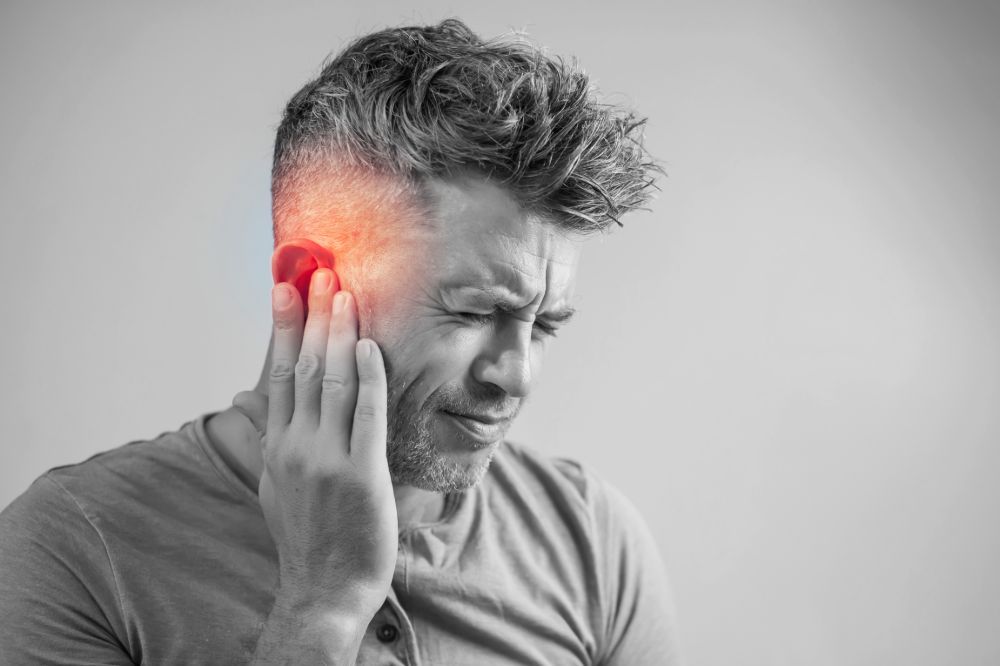 Среди них:
Среди них:
Дисфункция височно-нижнечелюстного сустава
Дисфункция височно-нижнечелюстного сустава (ВНЧС) возникает при повреждении сустава, соединяющего челюстную кость с черепом. Человек может испытывать боль при жевании, разговоре или глотании. Боль может возникать и в ушах.
Лечение включает обезболивающие, теплые или холодные компрессы, изменение образа жизни, прием нестероидных противовоспалительных препаратов (НПВП) и отдых. Врачи также советуют людям перестать сжимать челюсти и скрежетать зубами, если это проблема.
Ушная сера или предмет в ухе
Боль в ухе может возникнуть в результате застревания предмета в ухе. Врач должен удалить любую закупорку уха.
Можно использовать ушные капли для размягчения ушной серы. Если сера особенно стойкая, врачу, возможно, придется промыть ухо водой.
Зубной абсцесс
Бактериальная инфекция может вызвать скопление гноя в зубах и деснах. Это образование называется зубным абсцессом.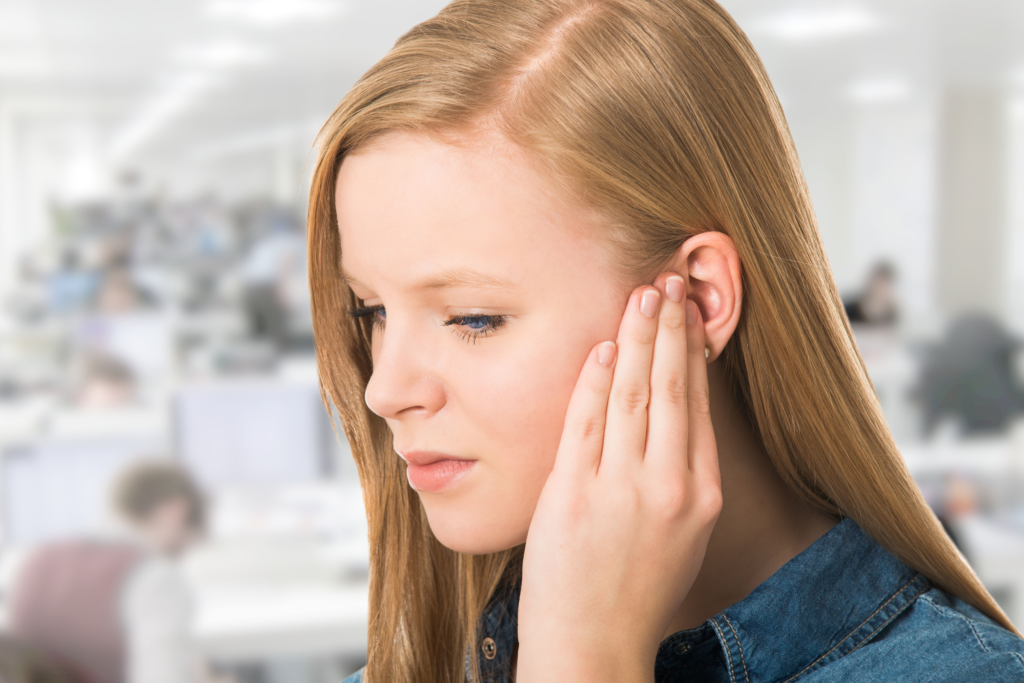 Боль в пораженном зубе является основным симптомом, но абсцесс также может вызывать боль в ухе.
Боль в пораженном зубе является основным симптомом, но абсцесс также может вызывать боль в ухе.
Человек должен получить лечение как можно скорее. Стоматолог может слить гной и удалить абсцесс, что уменьшит боль и другие симптомы.
Синдром Игла
Проблемы со связками и костями шеи или черепа могут вызвать синдром Игла. Человек может испытывать боль в задней части горла, лице и ушах, которая может усиливаться при движении головы.
Человеку может потребоваться хирургическое вмешательство для устранения основной проблемы.
Повреждение уха
Боль в ухе также может быть вызвана повреждением. Слишком глубокое заталкивание вкладышей в слуховой проход или царапание их пальцем или ватной палочкой может привести к проколу барабанной перепонки.
Большая часть повреждений уха заживает сама по себе. Полное заживление проколотой барабанной перепонки может занять несколько месяцев.
Боль в ухе при глотании может указывать на основное заболевание.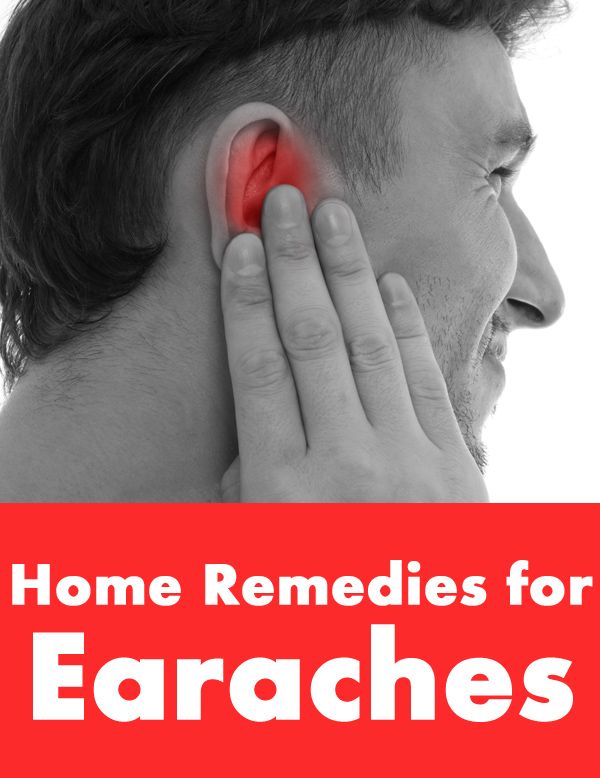
Если у человека также наблюдаются какие-либо из следующих симптомов, как можно скорее обратитесь к врачу:
- высокая температура
- чувство жара и озноб
- выделение жидкости из уха
- потеря слуха
- опухоль в ухе или вокруг него
- боль в ухе, которая длится более нескольких дней
- рвота
- сильная боль в горле
8
- часто повторяющиеся ушные инфекции
Немедленно обратитесь к врачу, если боль в ухе сопровождает хроническое заболевание, такое как диабет, заболевание сердца, легких, почек или неврологическое заболевание, или заболевание, ослабляющее иммунную систему.
Ниже приведены ответы на дополнительные вопросы о боли в ушах при глотании.
Может ли Covid-19 вызывать боль в ушах при глотании?
Поскольку Covid-19 является вирусом, существует вероятность того, что заражение Covid-19 может в конечном итоге привести к инфекции среднего уха. Это может привести к боли в ушах при глотании.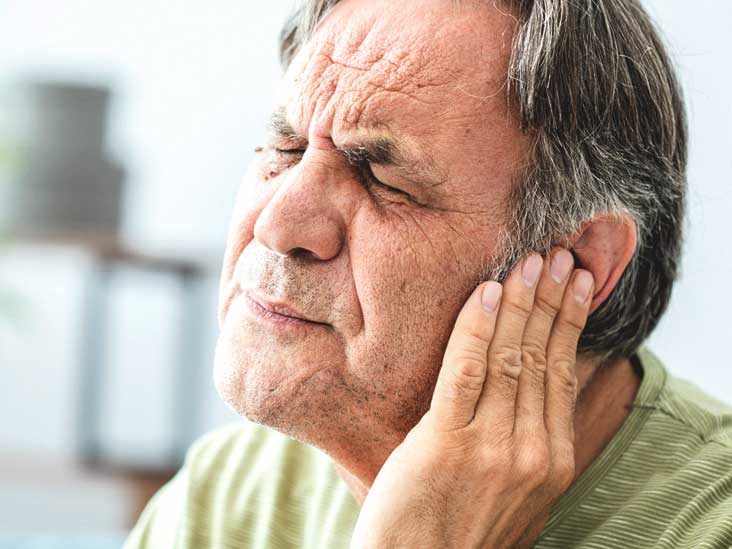
Почему болит ухо, когда я жую или зеваю?
Из-за воздействия на евстахиевы трубы ушная инфекция также может вызывать боль при жевании или зевоте. ВНЧС также может вызывать боль в ушах во время жевания.
Почему болят горло, ухо и челюсть?
Одной из причин может быть невралгия языкоглоточного нерва. Дисфункция височно-нижнечелюстного сустава также может вызывать боль в челюсти.
Боль в ушах при глотании может быть очень неприятной. Тем не менее, человек может справиться со многими распространенными причинами в домашних условиях.
Если боль вызвана инфекцией, она может пройти сама по себе или с помощью лекарств, отпускаемых по рецепту.
Боль в ушах | ENTAA Уход
Телефон: (410) 760-8840
Факс: (410) 367-2464
Боль в ушах в большинстве случаев исходит либо из наружного, либо из среднего уха.
Наружное ухо является наиболее внешней частью уха и состоит из ушной раковины и слухового прохода.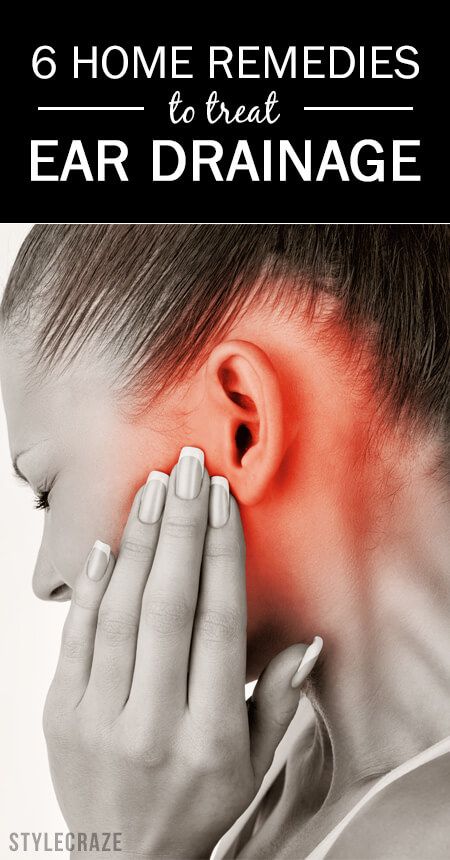 Различные причины и методы лечения боли в наружном ухе могут включать:
Различные причины и методы лечения боли в наружном ухе могут включать:
- УХО ПЛОВЦА (наружный отит): Очень болезненно и возникает, когда слуховой проход становится влажным. Бактерии и грибки любят теплую, влажную и темную среду и могут размножаться, вызывая инфекцию и отек. Лечение может включать антибиотики в ушных каплях, антибиотики и поддержание сухости уха.
- ТРАВМА УШНОГО КАНАЛА: Может возникнуть в результате расчесывания кожи, выстилающей слуховой проход, поскольку эта кожа очень тонкая и чувствительная. В большинстве случаев лечение включало простое наблюдение, и иногда, возможно, приходилось назначать ушные капли с антибиотиком.
НЕ ВСТАВЛЯЙТЕ В УШНОЙ КАНАЛ НИЧЕГО МЕНЬШЕ ЛОКТЯ.
- НЕВРАЛГИЯ: Термин, используемый для описания воспаления нервов вокруг уха, вызывающего боль, напоминающую покалывание внутри уха. Одной из наиболее частых причин невралгии уха является ВНЧС.

- ВНЧС: Относится к воспалению «челюстного сустава». Поскольку этот сустав находится чуть ниже слухового прохода, боль от этого сустава может передаваться в ухо через нервы, которые «общие» для обеих областей.
- ОПУХОЛИ: Очень редки случаи болей в наружном ухе.
- ОТНОСЯЩАЯСЯ К БОЛИ: Из-за общего иннервирования, редко заболевание горла, но может вызывать боль в ушах.
Среднее ухо состоит из барабанной перепонки и области, расположенной непосредственно за барабанной перепонкой, известной как полость среднего уха. Это пространство также содержит 3 кости, которые двигаются в ответ на вибрацию барабанной перепонки. Различные причины и методы лечения боли в среднем ухе включают:
- СРЕДНИЙ ОТИТ: Относится к инфекциям среднего уха. Это часто может произойти после инфекции верхних дыхательных путей, которая достигает среднего уха через евстахиеву трубу. Это чаще всего лечится пероральными антибиотиками.



